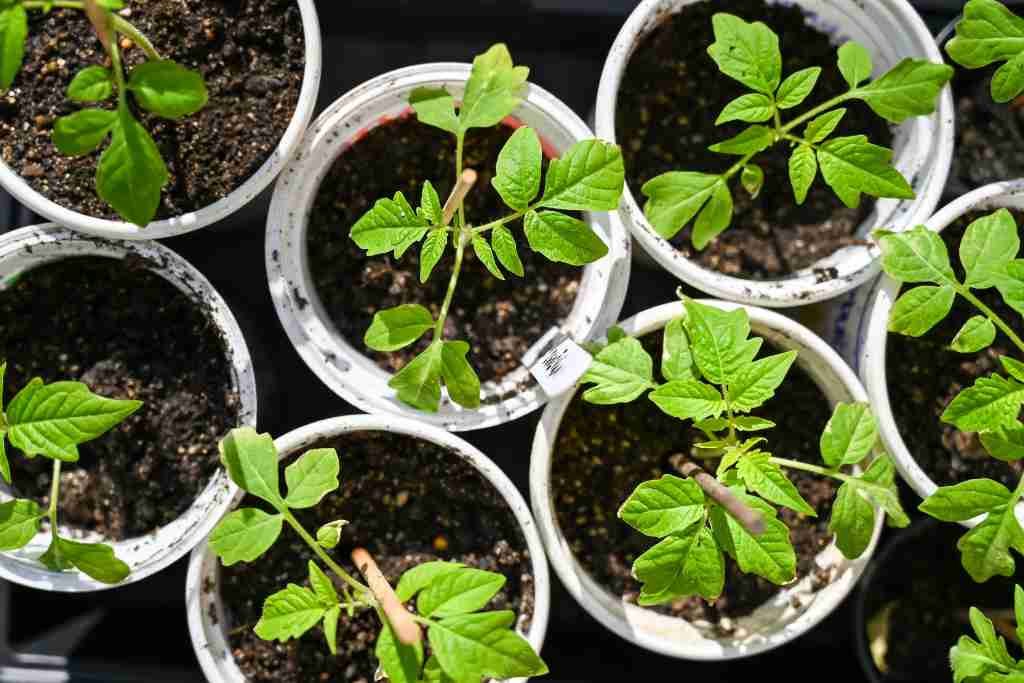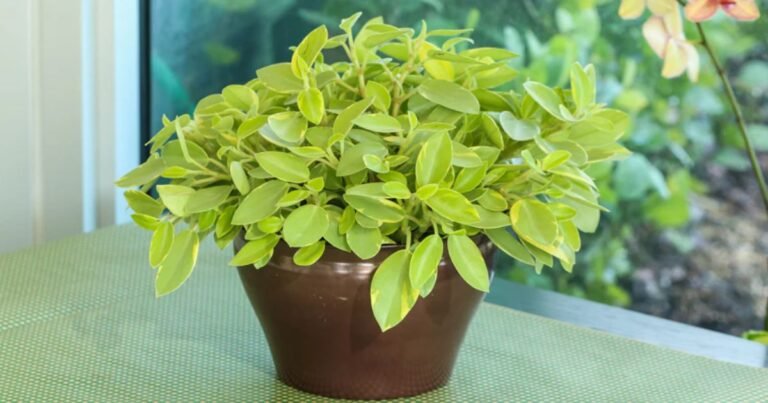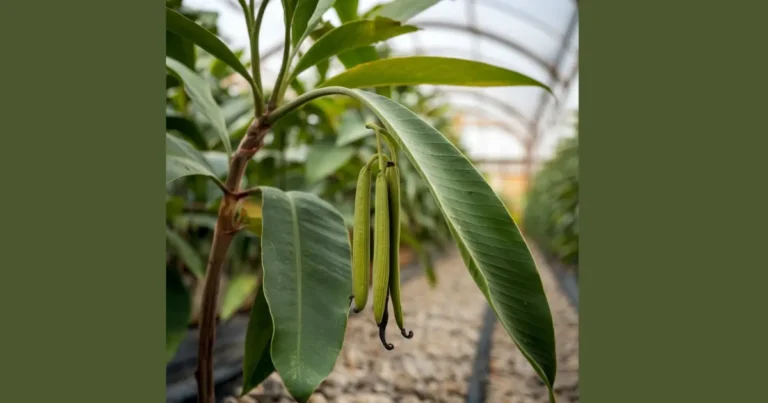How Deep to Plant Tomato Plants: A Complete Guide
Deep to Plant tomatoes correctly is essential for a healthy, productive crop. One of the most crucial factors in tomato planting is depth. Unlike many other Deep to Plant, tomatoes benefit from being planted deeper than they were in their nursery pots. This technique encourages stronger root development and enhances plant stability. In this guide, we will explore the ideal depth for planting tomato plants, the benefits of deep planting, and tips for ensuring a bountiful harvest.
Why Deep to Plant Tomatoes Deeply?
Tomato plants have a unique ability to grow roots along their buried stems. This means that deeper planting results in a more robust root system, leading to stronger, healthier plants. The key benefits of planting tomatoes deeply include:
- Stronger Root System: More roots mean better access to water and nutrients, leading to a healthier plant.
- Increased Stability: Deeper roots help anchor the plant, reducing the risk of toppling over due to wind or heavy fruit loads.
- Better Water Absorption: A deep root system allows the Deep to Plant to access moisture from deeper in the soil, reducing the frequency of watering.
- Improved Nutrient Uptake: With an extensive root system, plants can absorb more nutrients, leading to increased growth and yield.
How Deep Should You Plant Tomato Plants?
The ideal depth for planting tomato plants depends on their size and growth stage. Here are the recommended guidelines:
For Seedlings (4-6 Inches Tall):
- Bury the plant up to the first set of leaves.
- If the seedling is leggy (long and stretched), remove the lower leaves and plant it deeper.
For Larger Plants (8-12 Inches Tall):
- Bury 50-75% of the Deep to Plant, ensuring that at least 3-5 inches of the stem remain above ground.
- Remove lower leaves before planting to prevent rot.
For Extra-Leggy Seedlings (Over 12 Inches Tall):
- Use the trench planting method by laying the plant sideways in a shallow trench and covering the stem with soil, leaving the top few inches exposed.
Methods for Planting Tomatoes Deeply
1. Traditional Deep Planting Method
- Dig a hole deep enough to bury at least two-thirds of the plant.
- Remove the lower leaves before planting.
- Place the Deep to Plant in the hole and backfill with soil.
- Water thoroughly to encourage root growth.
2. Trench Planting Method
- Dig a shallow trench instead of a deep hole.
- Lay the plant horizontally in the trench, with the top few inches exposed.
- Cover the stem with soil.
- This method helps if the soil is cold or compacted at deeper levels.
Best Soil Conditions for Deep Planting
To support healthy root development, consider these soil conditions:
- Well-Draining Soil: Prevents waterlogging and root rot.
- Rich in Organic Matter: Compost or aged manure boosts nutrients.
- Loamy Texture: A mix of sand, silt, and clay provides optimal conditions.
- pH Between 6.0-6.8: Slightly acidic to neutral soil encourages strong growth.
Watering and Mulching After Planting
- Water Immediately: Ensures the soil settles around the roots.
- Deep Watering: Encourages roots to grow deeper.
- Mulching: Helps retain moisture and suppress weeds. Use straw, grass clippings, or wood chips.
Common Mistakes to Avoid
- Planting Too Shallow: Leads to weak root development.
- Overwatering or Underwatering: Both can stress the Deep to Plant.
- Not Removing Lower Leaves: Can lead to disease and poor growth.
- Skipping Support Structures: Staking or caging helps prevent plants from falling over.
Conclusion
Planting tomatoes deeply is a proven technique for growing healthier, more productive plants. By burying a portion of the stem, you encourage stronger root development, better nutrient absorption, and increased Deep to Plant stability. Whether using the traditional deep planting method or the trench method, ensuring proper soil conditions, watering, and support will set your tomato plants up for success. By following these guidelines, you’ll be on your way to a thriving tomato harvest.







